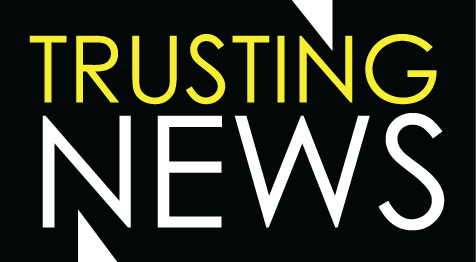Journalists' community investment
Tulsa journalists defend their work
KBOO about page
WCPO shares station’s commitment to community
Coloradoan reporters share personal subscription pleas
Trust Tips 66: Show you’re part of your community during COVID-19
The Day asks community for support during COVID-19
Atlanta Journal-Constitution community support during COVID-19
Reporter shows breadth of journalism on Twitter
Herald and Review uses Twitter thread to highlight best journalism
WPCO adapts coverage, production during coronavirus outbreak
USA TODAY responds to reader feedback
State highlights reader responses
Trust Tip 42: Remind your audience news is more than politics and crime
The Day explains commitment to community through in-person event
Trust Tip 34: Explain your role as a watchdog

